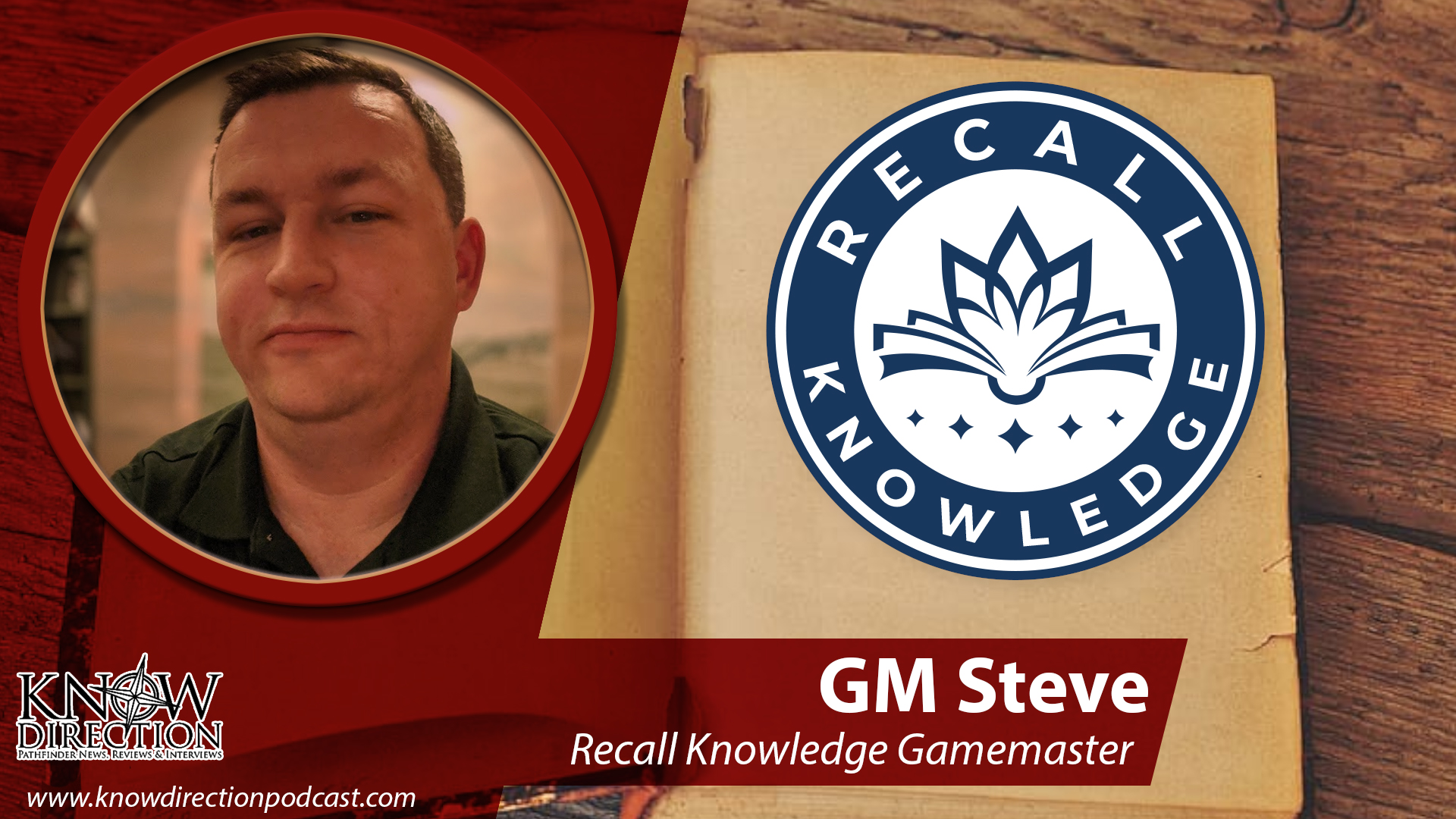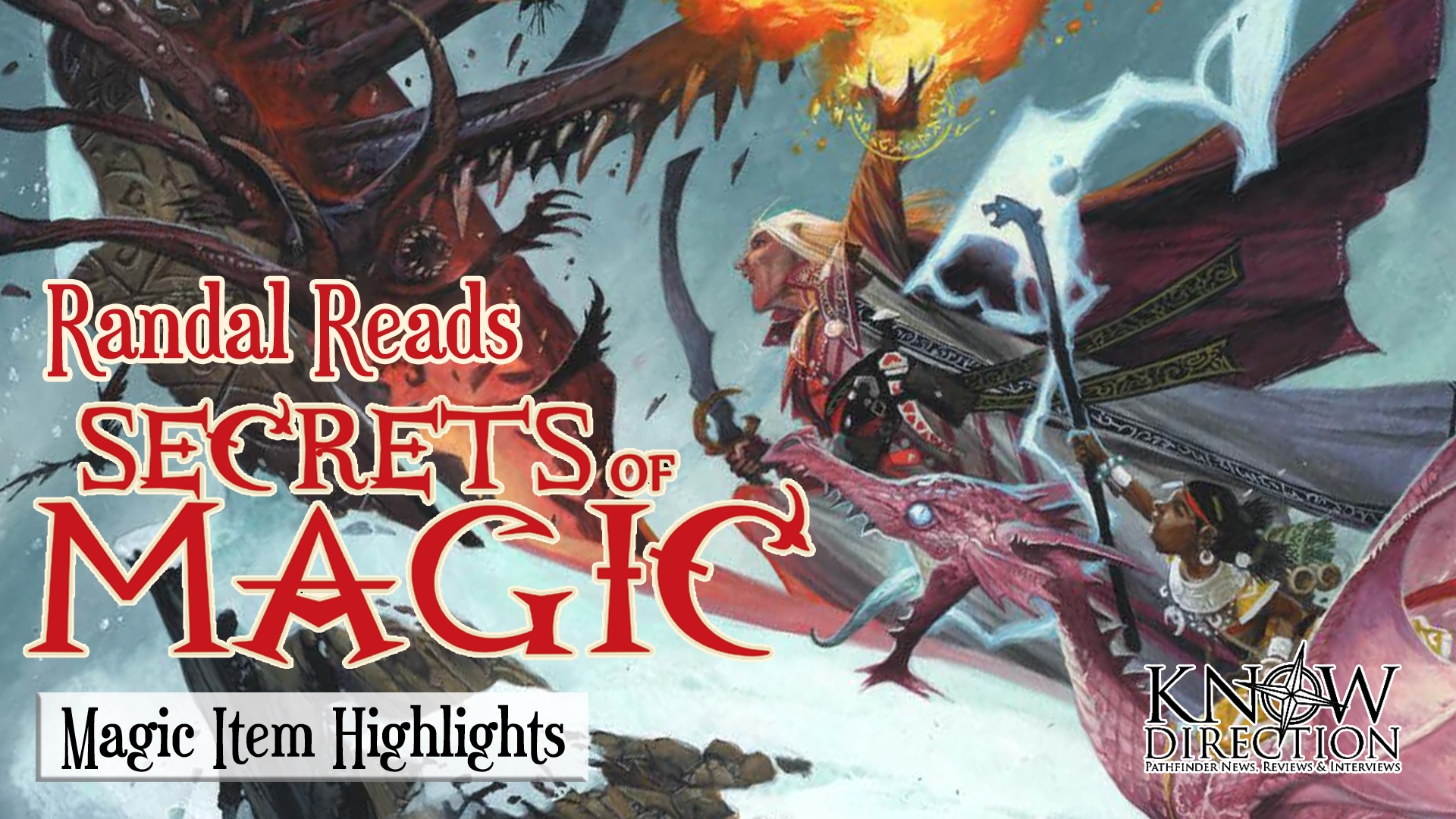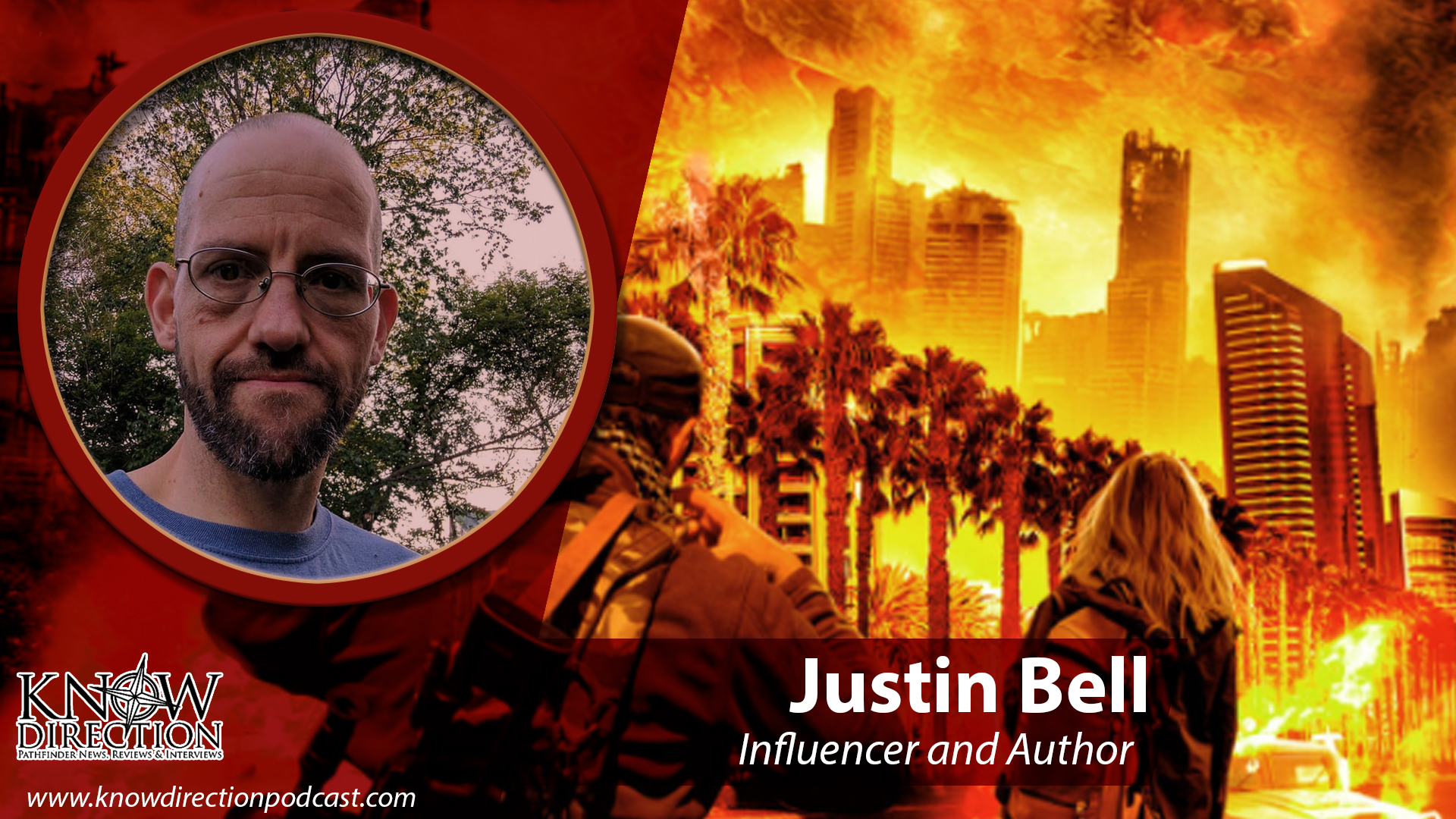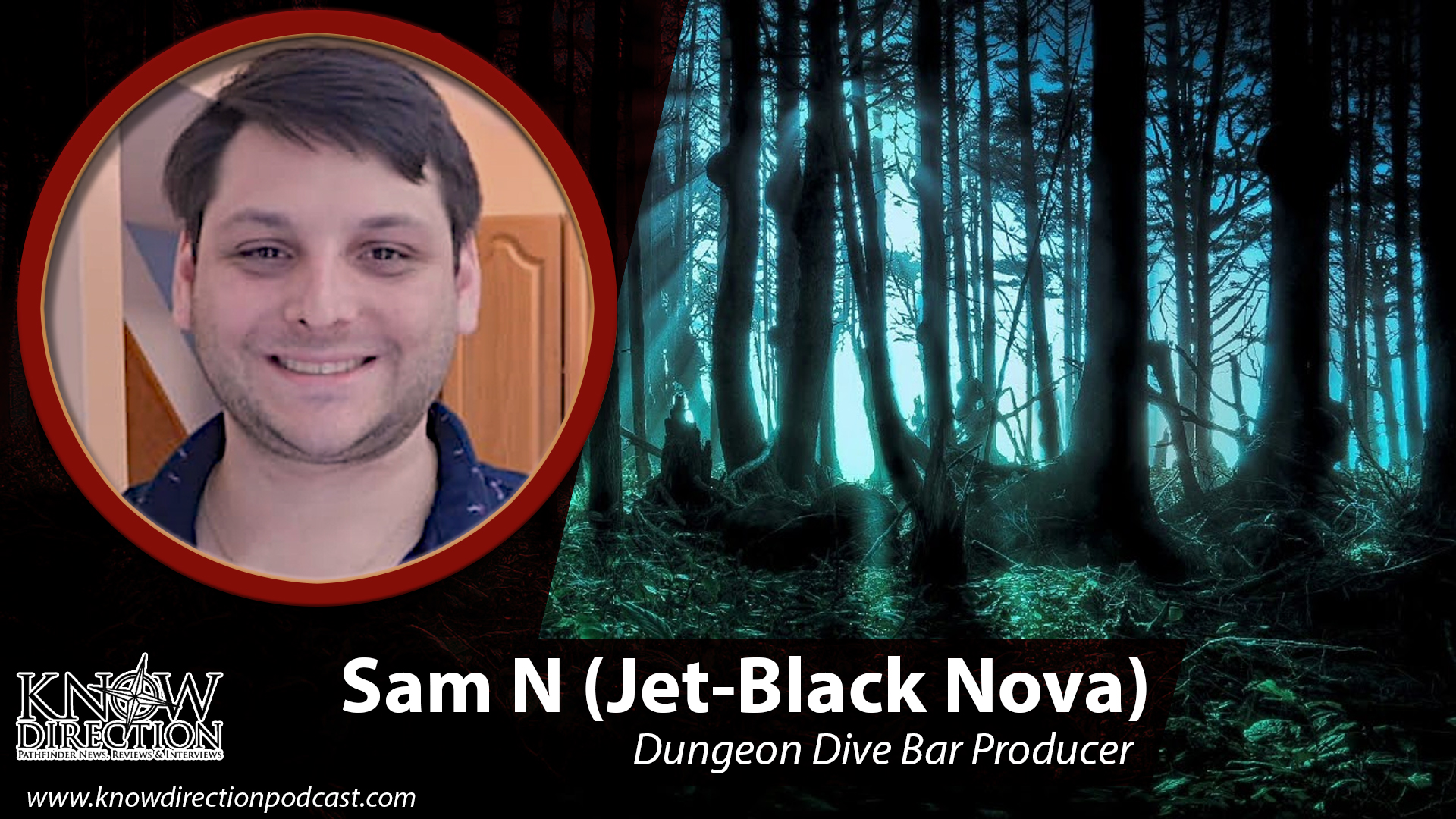I want to talk about creating adventures for your group and for other people to use. I think adventures don’t get enough exploration as a discipline with tabletop RPG design, and that’s a shame; a good adventure highlights a system’s strengths in ways an explanation or even a good review cannot. While a system has rules and can tell you how to use the rules, adventure provides an example of how those rules help to create story and plot.
I suspect the reason there isn’t more talk about creating adventures is because adventure creation can be difficult. There are many moving parts to manage and you have to think of encounters and pacing at a deep level.
I can’t promise to make adventure writing easy, but I hope that talking about a few elements of adventure writing here will make it accessible. I want to share a few principles that I’ve found which make creating adventures for myself to run or for others more productive and engaging for me.
Platforms, Not Stories
When we talk about adventures we naturally talk about them in terms of story and plot. That is fine but it’s important to hold the distinction in mind that solid adventures are not in and of themselves stories; adventures are platforms which we use to tell stories. An adventure with a well-defined story and detailed plot isn’t an adventure – it’s a novel! While novels are awesome, the promise when we come into the space of a TTRPG is that we will have an opportunity to generate the plot and the story on the fly as the result of our play.
Viewing an adventure as a story in and of itself results in writing adventures that “cover all bases”, trying to account for each branch characters are likely to take. When you write the adventure notes for your private game, that approach can lead to madness. You end up generating a ton of material that you only use a fraction of, because the players can only choose so many things! If you try to write an adventure for others to use with this mindset, what happens is that you run out of word count. Running out of space often means having a top-heavy adventure: Extensive detail in the beginning and very light treatment towards the end.
The art of creating good adventures is not about including all the details. It’s really about using the right evocative elements for a GM to provide to a player. When you adopt the perspective of adventures as story platforms, that perspective implies that what you should be doing is giving GMs tools for reacting well to what players do. If you describe an NPC such that their motivations and mannerisms are clear, you don’t have to describe every possible interaction players can have with them. The GM will be able to handle the NPC’s interaction because you gave them the tools! The events and encounters in your story are tools for a GM to make decisions about presenting to players, so focus on helping a GM make good decisions.
Define the Ends, Not the Middle
The most powerful tool I’ve found in creating adventures for myself and others is this:
Tell people where to go, but not how to get there.
Seems like an anti-pattern, right? Why give people goals but not direction? As long as we are clear about where an event or encounter begins and where it ends, we can leave the implementation up to the players. Figuring out how to get from point A to point B is literally what players are supposed to be doing. While we can present examples, we don’t need to spend a lot of our time or our word count describing every way that players can complete the event. Create whitespace within your encounter and event design to give the GMs and players space to be inventive and clever.
It also gives you a chance to let the rules do your work for you. For one of my games, I set an encounter where the characters had to traverse a 100 foot cliff inside a dark cave. At the foot of the cliff was a large pocket of brown mold. The players used their ideas and their characters ability to come up with a way to navigate safely down the cliff while avoiding the hazard of the brown mold. It was a fun encounter that didn’t take a lot of writing from me, since climbing rules and hazards are already covered in Pathfinder 2e. The players knew where they were starting, knew where they had to go…but the middle was theirs to define, and they loved it.
Characters are King
The last thought I want to share for now is this: characters are your most powerful tool in making better adventures. You probably don’t need more vivid combats or meaner villains. You don’t need more inventive traps. If you want to focus on anything, focus on the characters that your players will interact with during the adventure. The more evocative your characters, the more intense the story will be for players and the more invested they become in the story.
We often create stakes of community or world-saving for characters in our action adventurer stories, but the truth is that players don’t really save the “world” at large – they save the people inside it. If we don’t let them meet specific people portrayed well enough for them to become attached to (they don’t have to love every character, they just need to feel something), then those individuals act as proxies for the larger community that the player characters will be fighting to save.
The more grandiose the stakes, the more important it is that the players have NPCs they are invested in. If they don’t have relationships or connections within the adventure, it is difficult for them to be committed to it and therefore easy for them to fall out of it. Conversely, strong connections create strong commitment which creates a strong story.
The details of how to create evocative characters is beyond the scope of this blog post, but the extremely short version is that you give an example of their voice and give a description of their motivations. You don’t have to provide everything! Remember that you are a platform for a GM and players to create a story, so what you most need to do is give the GM enough clues to portray the character.





